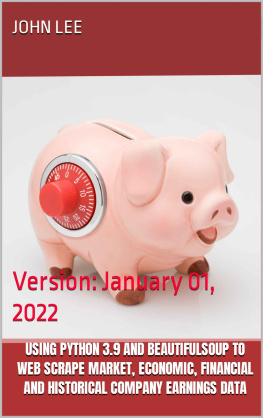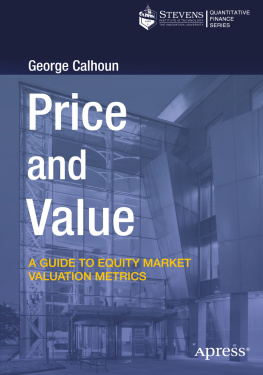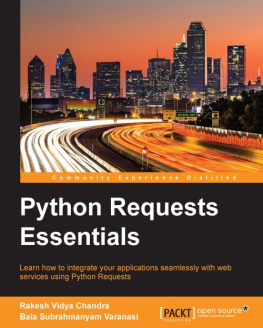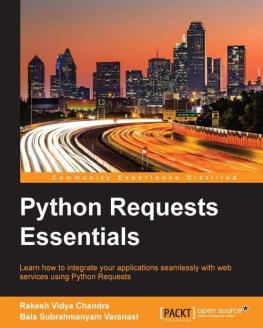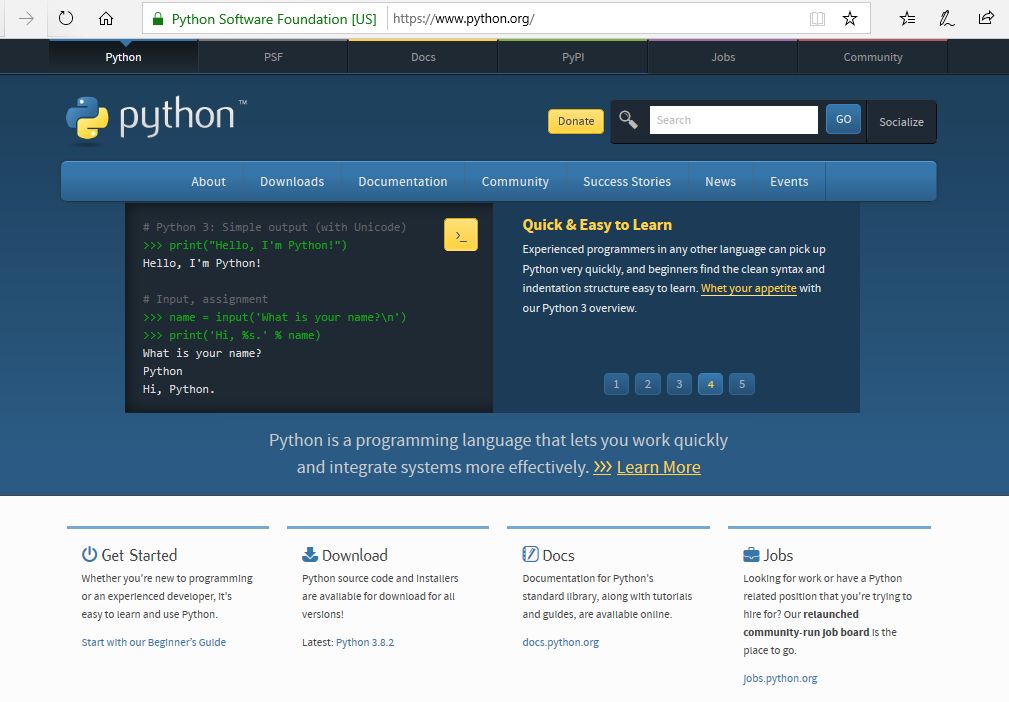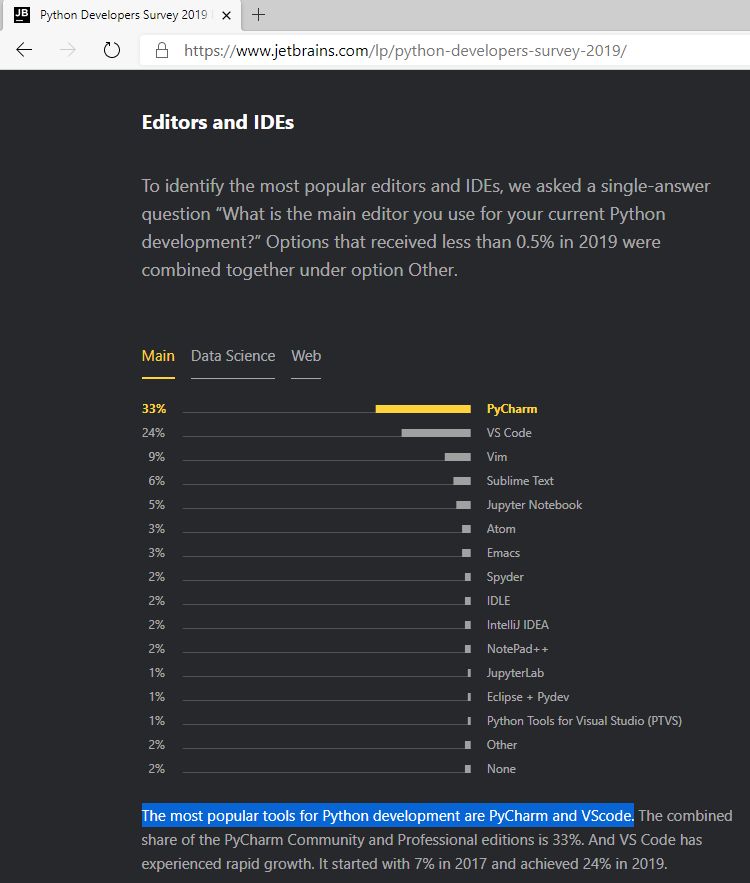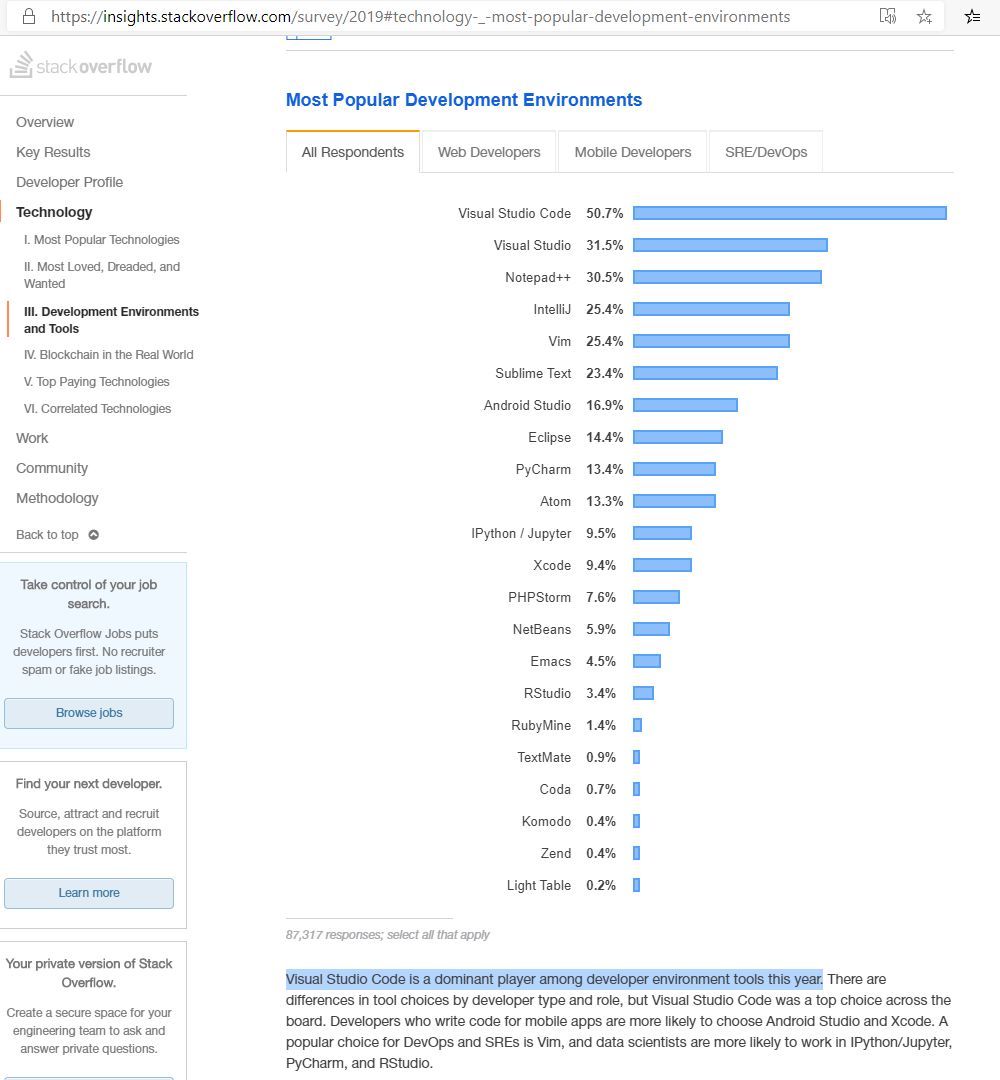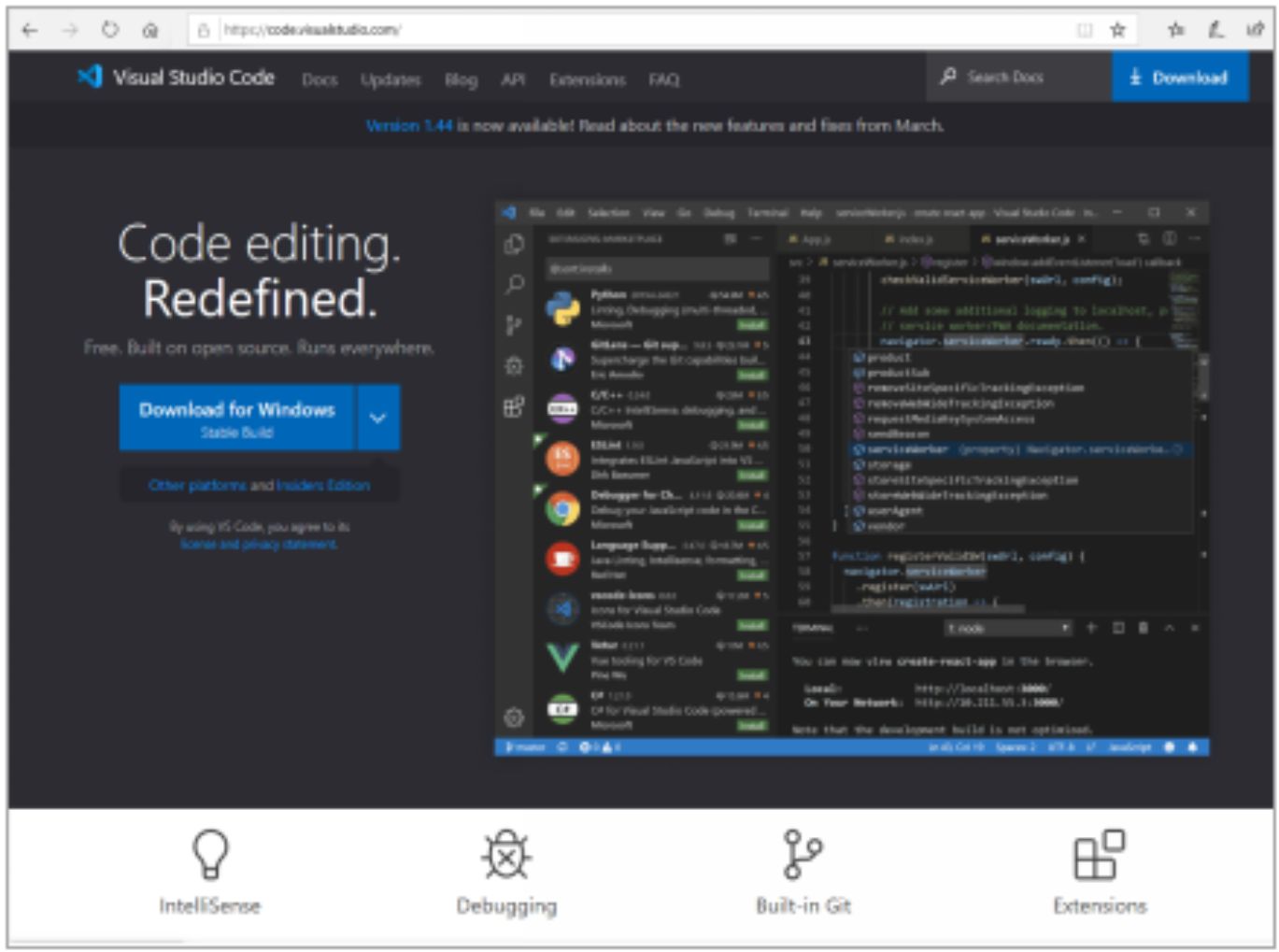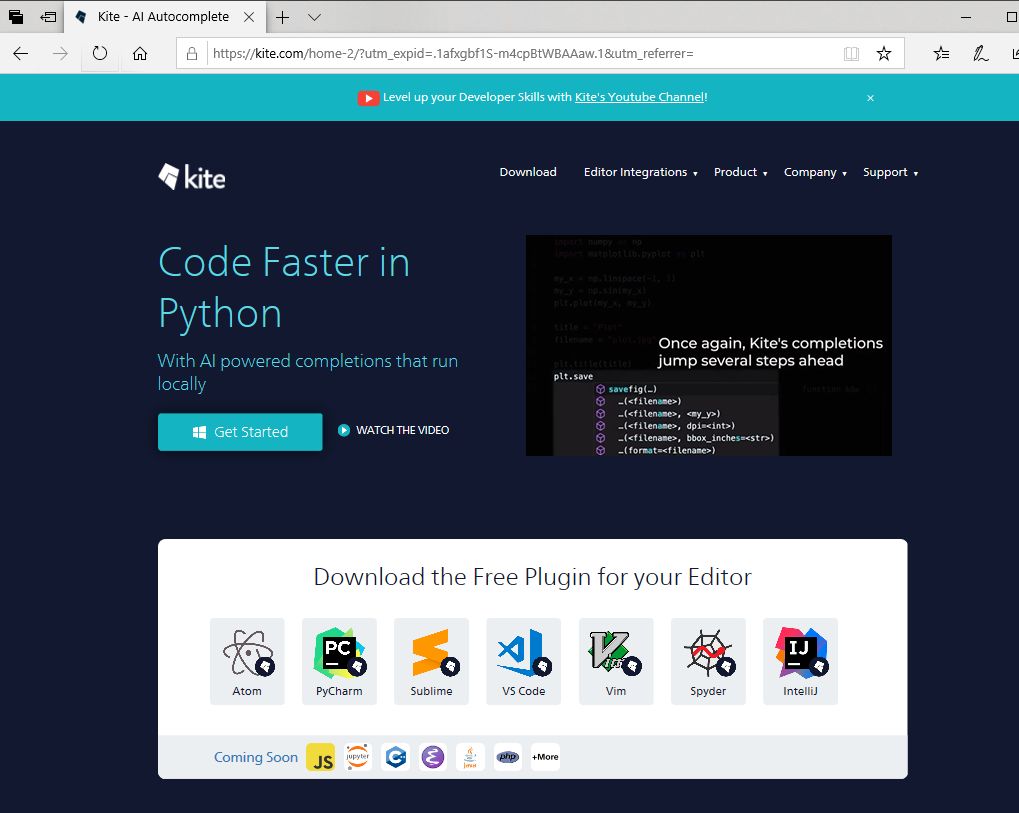John Lee - Using Python 3.9 and BeautifulSoup to Web Scrape Market, Economic, Financial and Historical Company Earnings Data: Version: January 01, 2022
Here you can read online John Lee - Using Python 3.9 and BeautifulSoup to Web Scrape Market, Economic, Financial and Historical Company Earnings Data: Version: January 01, 2022 full text of the book (entire story) in english for free. Download pdf and epub, get meaning, cover and reviews about this ebook. year: 2020, genre: Computer. Description of the work, (preface) as well as reviews are available. Best literature library LitArk.com created for fans of good reading and offers a wide selection of genres:
Romance novel
Science fiction
Adventure
Detective
Science
History
Home and family
Prose
Art
Politics
Computer
Non-fiction
Religion
Business
Children
Humor
Choose a favorite category and find really read worthwhile books. Enjoy immersion in the world of imagination, feel the emotions of the characters or learn something new for yourself, make an fascinating discovery.
Using Python 3.9 and BeautifulSoup to Web Scrape Market, Economic, Financial and Historical Company Earnings Data: Version: January 01, 2022: summary, description and annotation
We offer to read an annotation, description, summary or preface (depends on what the author of the book "Using Python 3.9 and BeautifulSoup to Web Scrape Market, Economic, Financial and Historical Company Earnings Data: Version: January 01, 2022" wrote himself). If you haven't found the necessary information about the book — write in the comments, we will try to find it.
Added section 5.4 Russell 3000 Index
December 18, 2021, Added
Added section 30 What is JSON
December 11, 2021, Added
Added section 16.4 High Dividend Yield Stocks
September 18, 2021, Update
Python code on how to retrieve historical company earnings
Three standard web technologies
We will use Python and the Python Library BeautifulSoup to retrieve many different types of market, financial and economic data. The types of market, financial and economic data we will retrieve are stock, market index, currency rates, bonds, futures, mutual funds, electronically traded funds (ETF), commodities, balance sheet, income statement, statement of cash flow, GDP, consumer price index, unemployment rate, household income and money supply.
Chapter 28 discusses how to retrieve historical company earnings.
There are two ways to retrieve market data; one of them is web scraping the data; the other is to use the REST web service or REST API that is provided by the website. Most REST API from government agencies are free. When web scraping, we will use the beautifulsoup Python library. The install instruction is located at https://pypi.org/project/beautifulsoup4.
- December 18, 2021, Added
- Added section 30 What is JSON
- December 11, 2021, Added
- Added section 16.4 High Dividend Yield Stocks
- September 18, 2021, Update
- Python code on how to retrieve historical company earnings
- Three standard web technologies
- January 23, 2021, Update
- Added section 3, Standard & Poors Sectors and Industries
- In this section, we will demonstrate the Yahoo! finance Sector and Industry API. We will discuss how to create the URL for the API.
- September 5, 2020, Update
- Added section 21, Yahoo! Finance Ticker Info API
- In this section, we will demonstrate the Yahoo! finance Ticker Info API. We will discuss how to create the URL for the API.
- August 21, 2020, Update
- In this section, we will demonstrate the Yahoo! finance Ticker Info API. We will discuss how to create the URL for the API.
- Added 2.3.3 NASDAQ 100
- Updated 1.4.5 Yahoo! Finance Python Libraries
- August 13, 2020, Update
- France, The United States and South Korea
- 19.1 GDP
- 19.2 Unemployment Rate
- 19.3 Consumer Prices
- August 11, 2020, Update
- Added 5.5 Rate of Return
- August 10, 2020, Update
- Updated 1.4.1 Visual Studio Code
- Added 13.7 API for Financial Statements
John Lee: author's other books
Who wrote Using Python 3.9 and BeautifulSoup to Web Scrape Market, Economic, Financial and Historical Company Earnings Data: Version: January 01, 2022? Find out the surname, the name of the author of the book and a list of all author's works by series.

